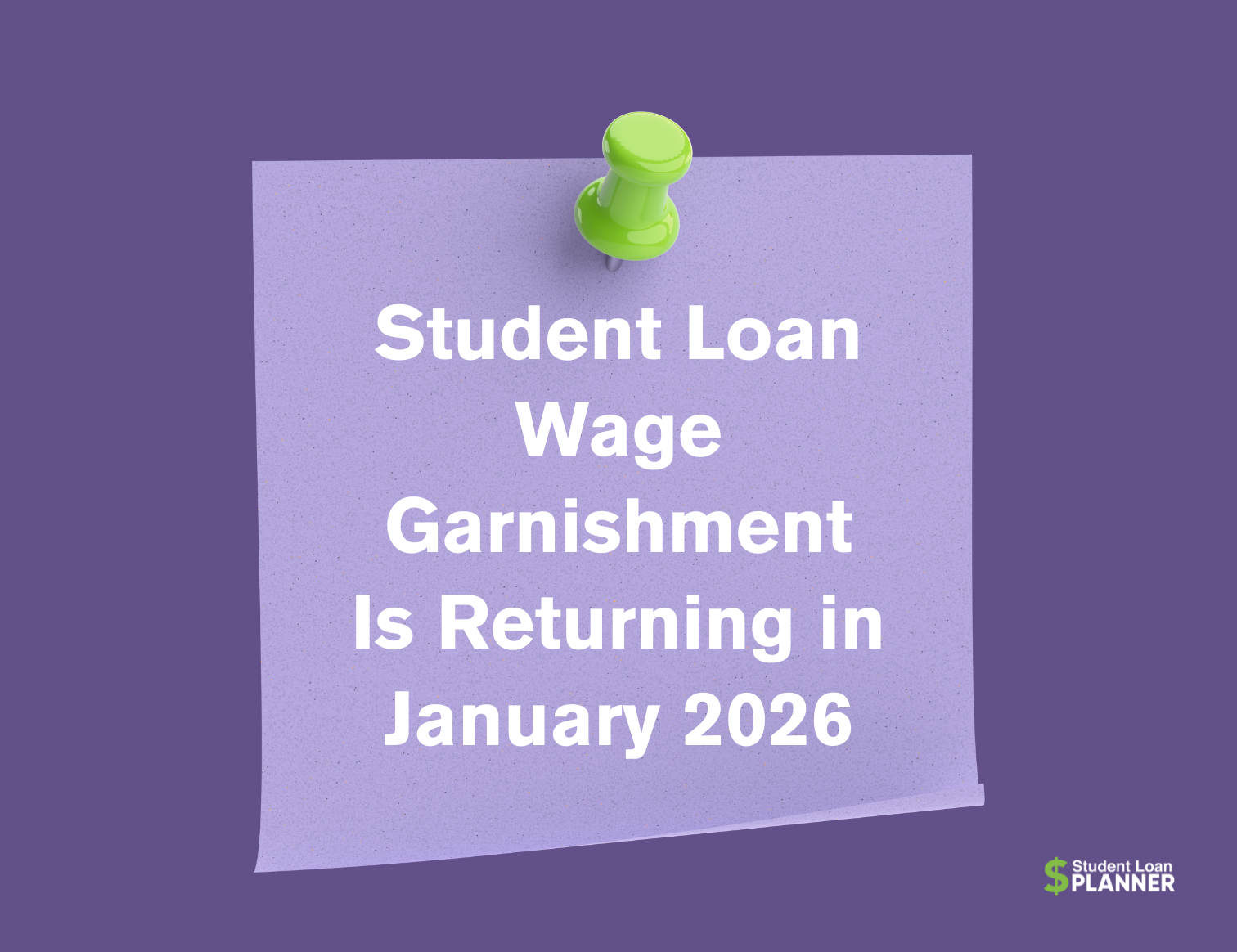
How to Build a Personal Finance App in 2025
Have you noticed how millions of people now depend on personal financial apps regularly? These tools influence how people manage their finances, from budgeting to investment planning.
This change presents a clear opportunity for businesses.The market for safe, easy-to-use financial solutions continues to grow and isn’t expected to slow down anytime soon.The personal finance app development requires far more than an innovative idea; it also needs an established plan and the appropriate resources.
In this article, we’ll go over key methods, reliable tools, and clever technology to help you build financial app that people use and recommend.
Why build a personal finance app today?
Consumers want more control over their money, and they want it in real time.This shift has transformed personal finance applications from desirable additions to necessary tools.According to research, one-third of U.S.adults now use three or more finance apps to track spending, manage bills, or plan their budget.
This trend continues to grow as users demand smarter, more personalized money management powered by custom app development services.
Source: S&P Global
Several factors drive this growth.Younger generations expect fast, intuitive tools that help them manage money in real time.Investors see the potential in apps that combine budgeting, investment tracking, and payment services under one roof.Industry reports forecast the global personal finance apps market to grow from $132.92 billion in 2024 to $167.09 billion in 2025, at a 25.7% CAGR.
There are many types of apps you can develop in this space:
- Budgeting apps help users create spending plans and track categories like groceries, bills, or entertainment.
They stay popular because they simplify daily decisions and reduce stress about overspending.Apps like YNAB and EveryDollar lead this category.
- Investment platforms let beginners and seasoned investors manage portfolios in one place.Many users trust tools such as Robinhood or Acorns because they combine simple interfaces with powerful analytics.
- Peer-to-peer payment apps enable fast money transfers between friends and family.They attract millions of users who want quick, low-friction transactions—Venmo and Cash App remain top choices.
- Financial wellness tools offer guidance, credit monitoring, and educational resources to build stronger money habits.
People rely on apps like Mint and Personal Capital because they make financial planning approachable and actionable.
Each type serves a specific audience, and each brings unique growth opportunities.When you plan to build a personal finance app, you tap into a trend that blends convenience with empowerment.Users want control, clarity, and confidence in their finances.If you deliver an app that meets those needs, you can claim your place in a market that rewards quality and trust.
How to build a personal finance app
As more users depend on finance tools to manage their money, the opportunity for new products continues to grow.
But strong demand alone doesn’t build a successful app.You need a clear roadmap, grounded in real market insights and technical precision.You also need to be aware of the cost to develop a fintech app in 2025, as it will help you align features, team structure, and launch goals.Below is a step-by-step breakdown of how to build a personal finance app that meets user needs, stays compliant, and stands out.
Source: napkin.ai
Step 1.
Define the problem and the audience
The foundation for every successful app is a precise objective.What financial problem would you like solved? Does your app assist users in tracking shared costs, managing assets, or creating monthly budgets? Narrow the focus before adding complexity.Then identify who your app is for—students, freelancers, families, or corporate teams.Their behaviors, pain points, and expectations should drive your feature decisions.
This first step grounds your app in real use cases and protects you from building a product no one needs.
Step 2.Conduct market and competitor research
Market research gives your app a foundation that aligns with user demand and industry trends.Study high-performing apps like Mint, YNAB, and Robinhood to learn which features users expect, where they have issues, and what makes them popular.Analyze app store reviews, fintech trend reports, and product demos.
Pay attention to UI patterns, onboarding flows, and monetization tactics.Then identify gaps such as poor customization, limited insights, or lack of gamification that your app can fill.This step also helps you validate your business idea.
Step 3.Choose a monetization strategy
Revenue planning should come early in the process.
While personal finance apps often launch with freemium models, other strategies may suit your audience better.Subscription tiers, in-app purchases, affiliate integrations, or financial service referrals each offer unique benefits and tradeoffs.For example, if your app targets beginners, a free plan with upgrade paths may work best.If you build tools for financial pros, you can offer premium analytics as a paid feature.
Strong monetization depends on what your users value most, not just what competitors charge.
Step 4.Design a feature set
Focus on features that solve everyday pain points without overwhelming users.Must-haves include secure sign-in, account linking, transaction tracking, budgeting tools, data visualization, and notifications.More advanced features may include AI-based expense categorization, investment forecasts, or gamified savings challenges.
Prioritize usability and speed.Your design should simplify complexity, so users see value quickly, even during their first session.If you plan to work with an experienced agency, choose only the features you can execute well in your first release.You can always add more later based on real feedback and usage data.
Step 5.
Select a scalable and secure tech stack
Your technology choices directly affect performance, compliance, and development speed.For mobile apps, tools like React Native or Flutter support fast cross-platform development.Node.js, NestJS, and PostgreSQL support scalable backend operations.Integrate with secure APIs like Plaid, Yodlee, or Salt Edge for banking data.
Use AES-256 encryption, TLS protocols, and secure token systems for authentication.Also, consider your DevOps setup early—AWS and Azure offer reliable cloud services and help you manage updates at scale.
Step 6.Build a prototype and a minimum viable product (MVP)
Translate your feature list into a prototype that showcases basic flows, such as sign-up, budget creation, and expense tracking.Use the prototype to gather early feedback, then refine it into a minimum viable product.
The MVP includes only key features but functions as a usable app.It lets you test assumptions, measure real engagement, and identify technical issues early.MVPs also help attract investors or early users without full-scale development costs.
Step 7.Test for security and compliance
Before launch, your finance app must pass multiple rounds of testing.
This includes functionality tests, cross-platform compatibility, stress testing under load, and thorough UX review.More importantly, test all security protocols—multi-factor authentication, encrypted data transfers, and secure storage methods.Check compliance with GDPR, CCPA, PCI DSS, and PSD2 regulations based on your markets.Include penetration testing and regular vulnerability scans.
A finance app that handles money and sensitive data must never cut corners on this step.Security builds trust and protects your brand.
Step 8.Launch and support
After testing, publish your app to the App Store and Google Play with a clear onboarding flow and support plan.Set up user feedback channels to capture early responses.
Then begin your support cycle with real-time analytics, A/B tests, and frequent updates.Monitor crash logs, bug reports, and customer service requests to identify improvement areas.A successful launch does not end with deployment.Treat it as the beginning of a continuous optimization cycle, where user data shapes updates and new feature development.
Each phase—research, design, development, and launch—shapes how users experience your product from day one.
The market rewards apps that combine usability, speed, and trust.If you plan carefully and release with purpose, your personal finance app can become more than a tool—it can become a habit in someone’s daily life.
Tools to build a finance management app
Once you define your goals and plan each development phase, you need the right technology to bring your idea to life.Tools and frameworks shape how your app performs, how secure it feels, and how quickly you can scale.A clear tech stack also helps your team move from prototype to release without delays or technical debt.
Below is a list of the most widely used tools for finance app development—each plays a specific role in building a fast, secure, and user-friendly product.
- Frontend frameworks include React Native and Flutter.These options allow developers to build cross-platform apps that run smoothly on both iOS and Android without maintaining two separate codebases.
- Backend technologies often include Node.js and NestJS.This combination provides a stable environment for handling business logic, database queries, and external service communication.
- Databases such as PostgreSQL or MongoDB store user data securely.PostgreSQL works well for structured financial records, while MongoDB supports more flexible data types and faster development.
- Banking and financial data APIs like Plaid, Yodlee, or Salt Edge connect your app with external bank accounts, credit cards, and payment systems.
These APIs make it possible to sync transactions, verify balances, and categorize expenses automatically.
- Cloud infrastructure providers such as AWS and Azure support hosting, backups, and continuous deployment.These platforms offer global scalability and reliable uptime for growing apps.
- Analytics and AI tools include TensorFlow, Chart.js, and Mixpanel.These technologies help your app generate financial insights, predict user behavior, and present clear visualizations through graphs and dashboards.
- Security and compliance tools such as OAuth 2.0 protocols, AES-256 encryption, and TLS help protect user data.These tools support secure authentication, encrypted communications, and compliance with financial regulations.
When you choose proven tools, you remove many common roadblocks before they slow your project down.
The right mix of frameworks, APIs, and infrastructure supports smooth development and a reliable user experience.With a strong stack in place, you can focus on launching features that will make your finance app successful.
Conclusion
In this article, we outlined what it takes to build a personal finance app that delivers real value in 2025.You need to define your audience, choose the right features, select reliable tools, and launch with a solid plan.We also covered the tools that help developers deliver fast, secure, and user-friendly experiences across mobile platforms.
These tools support key features like bank integration, transaction insights, and personalized dashboards.The market continues to grow, but only apps that combine usability, security, and a clear purpose succeed.With the right approach, your finance app can earn trust, solve real problems, and thrive.
FAQ
How do personal finance apps make money?
Most personal finance apps use a freemium model: they offer core features for free and charge for advanced tools.Others generate revenue through subscriptions, referral fees from financial services, or in-app advertisements.
Some apps also sell aggregated financial data to partners, but only after anonymizing it and gaining proper user consent.Premium features might include credit monitoring, investment insights, or priority support.The monetization strategy often depends on the app’s target audience and feature depth.
How long does it take to build a personal finance app?
Development timelines vary depending on the app’s complexity, feature set, and team structure.A basic MVP with core budgeting and expense tracking features can take 4 to 6 months to build.
A full-featured app with banking integrations, AI-driven insights, and multi-platform support may require 9 to 12 months or more.Time also depends on the level of compliance testing and user feedback integration
What security measures are required?
Personal finance apps must meet strict security standards to protect user data and financial accounts.Key measures include AES-256 encryption, TLS protocols for secure transmission, and multi-factor authentication (MFA) for account access.Regulatory compliance, such as GDPR, CCPA, and PCI DSS, is also important, depending on the region.
Secure API practices and routine vulnerability testing help prevent breaches.A strong security foundation builds trust and protects both users and the app provider.
Publisher: Source link





